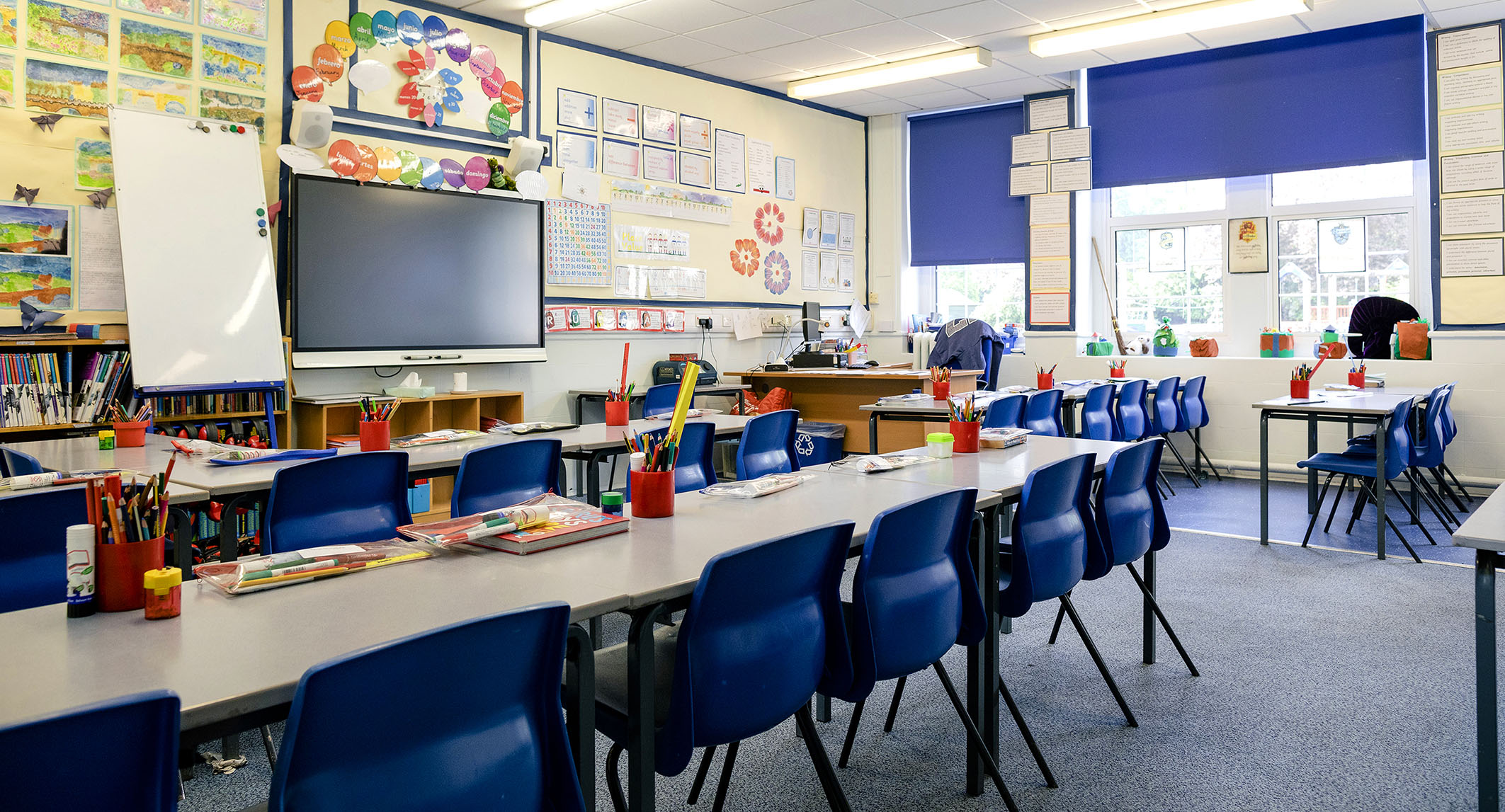

Story by DEB ERDLEY and MEGAN TOMASIC
Oct. 9, 2022
In Dr. Ned Ketyer’s opinion, there should be no doubt that schools should test for radon — and test regularly.
“The way radon works when it gets in the body is it damages DNA, and so that’s why radon is associated with cancer, especially lung cancer,” said Ketyer, a pediatrician with Allegheny Health Network who has special interests in pediatric development and environmental health. “It takes many years and even decades for that cancer to occur and for those people to be diagnosed.”
A child exposed to radon in elementary school today might not see the effects of that exposure until their 40s or 50s, he said.

Radon comes from the breakdown of naturally occurring radioactive elements such as uranium, thorium and radium in soil and rocks. As the radioactive material decays, radon gas is produced, moving through the soil to the surface where it enters homes or buildings through cracks in foundations or other openings, often infiltrating basements.
“When you think about it, who spends most time in basements playing or playing video games or watching TV? It’s kids,” Ketyer said. “So they are at risk. Little kids play in the dirt where the dirt has radioactive uranium, which is what eventually decays into radon. And kids put everything in their mouths — their hands, their fingers, toys, rocks, everything. So they’re at risk because their exposure is greater.”
Ketyer and other experts said a child exposed to radon is twice as likely to develop lung cancer as an adult with the same level of exposure.
“It affects our bodies, our genes,” said Dr. Albert Rizzo, pulmonary critical care physician and chief medical officer for the American Lung Association. “The problem with children is they have more rapid growth and there is more evidence that it can affect them. Children by definition are more at risk.”
There is currently no medical test available to measure whether somebody has been exposed to radon. But researchers said the number of suspected cases of radon-induced lung cancer in nonsmokers is on the rise.
Possible indicators of lung cancer appearing years after exposure include shortness of breath, a new or worsening cough, pain or tightness in the chest and hoarseness or trouble swallowing.
“From the time that there is injury to the cell nucleus until the time that cancer is diagnosed, you have symptoms to diagnose. It can be many, many years and even decades after the exposure,” Ketyer said. “Lung cancer’s really not a disease of childhood. … It’s definitely an adult disease even though we know the exposure often begins during childhood.”
Rizzo cited similarities to the effects of cigarette smoking.
“You’re not going to see lung cancer in people 15, 20 years old, but when they’re 40 to 50 it begins to show up,” Rizzo said.

For nonsmokers, a lung cancer diagnosis comes as a shock.
Jacquelyn Nixon, 74, of South Fayette, was stunned when she was diagnosed with stage 1 lung cancer seven years ago. Even more shocking was that her exposure might date back four decades or more.
Nixon, a nonsmoker, had always been cautious about diet and went to the gym regularly. The retired computer scientist, a high soprano in her church choir, noticed she had been “wheezing a little,” during choir practice. So during her annual physical, her doctor recommended a chest X-ray.
It revealed a small tumor.

Perplexed, she began to read everything she could about lung cancer. Six months later, she learned about radon.
“I didn’t know anything about radon at the time,” she said.
Tests at the condo where she has lived for 38 years revealed high radon levels. The tests showed 21 picocuries per liter of air in one area and 13 in another, well above the federal government’s action level of 4.0 picocuries per liter of air. Radon mitigation systems were installed in the building.
Nixon had surgery to remove the upper lobe of her left lung but did not require chemotherapy or radiation. She has had no further issues.
Today, she serves as communications director for Citizens for Radioactive Radon Reduction, a national nonprofit that advocates for radon awareness. She is also part of a group of industry and medical experts meeting with state lawmakers to discuss radon testing in schools.

Federal officials first published radon guidelines for schools more than 30 years ago, but the topic has fallen off the radar in many areas.
Ketyer is hopeful that will change.
Testing is easy and relatively inexpensive, he said. If levels are high, it’s a problem that easily can be remedied.
Step one is educating people about the dangers of radon, he said. Next will be stimulating conversations among legislators.
“We’re talking about protecting children’s health, and if we can save a couple of hundred lung cancer deaths in Pennsylvania every year, I think that would be a good thing,” Ketyer said. “I think everyone would agree that would be a good thing.”
Deb Erdley and Megan Tomasic are Tribune-Review staff writers. Deb can be reached at derdley@triblive.com, and Megan can be reached at mtomasic@triblive.com.